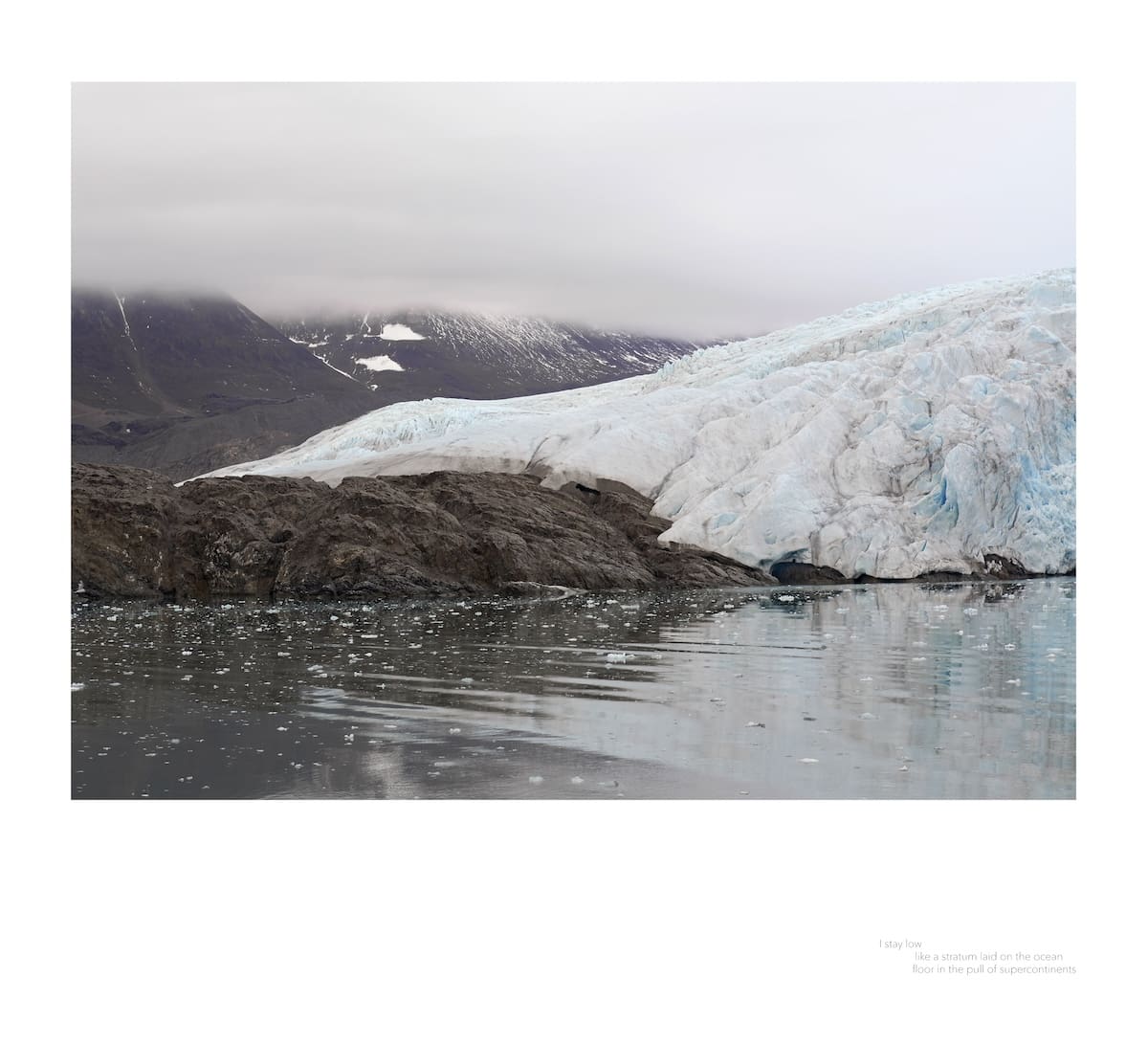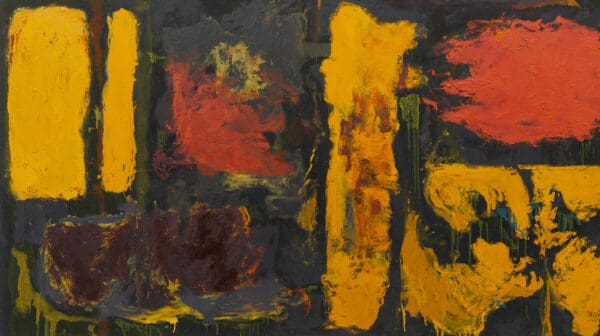
Making Space at the Table
NAP Contemporary’s group show, The Elephant Table, platforms six artists and voices—creating chaos, connection and conversation.
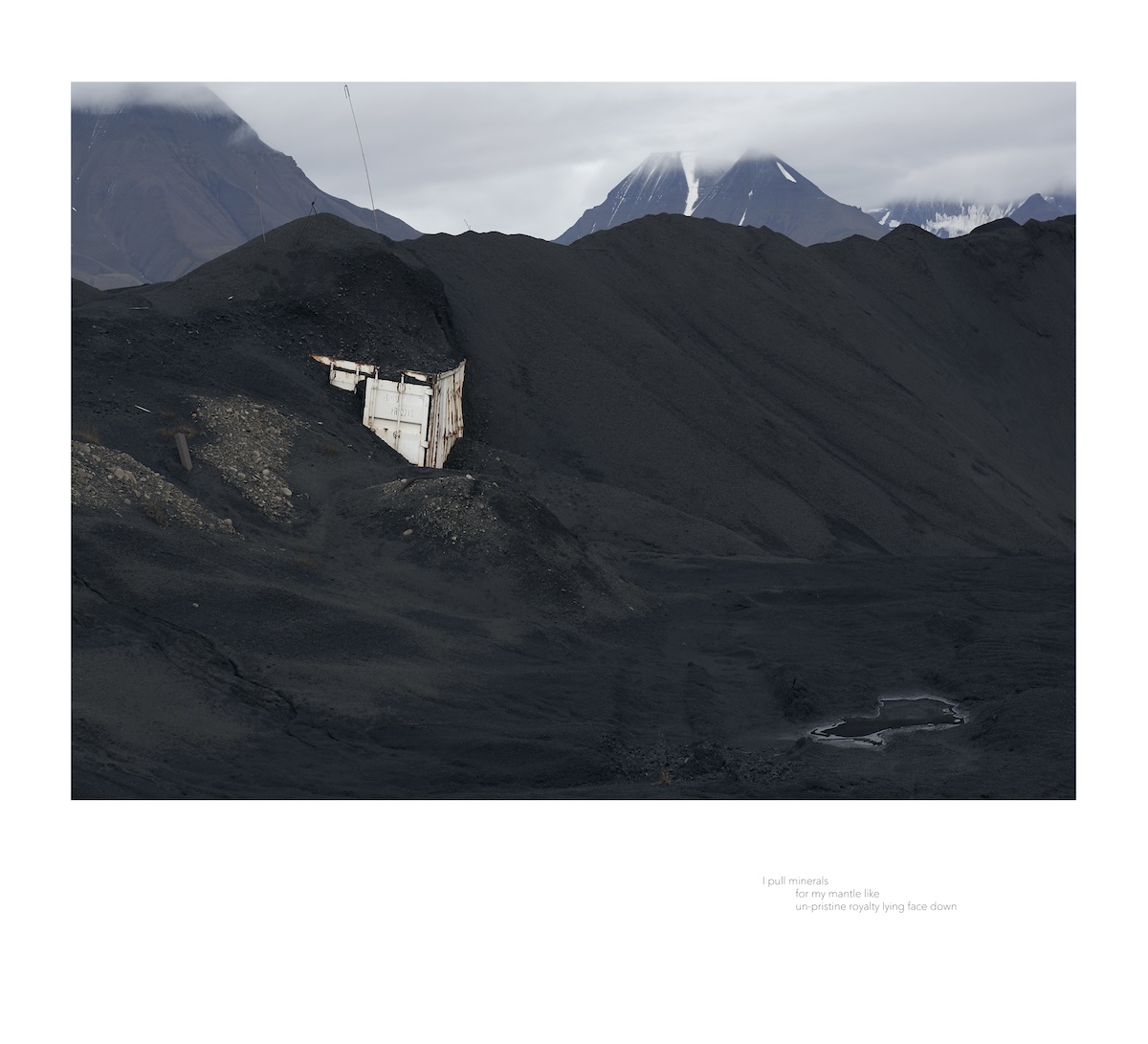
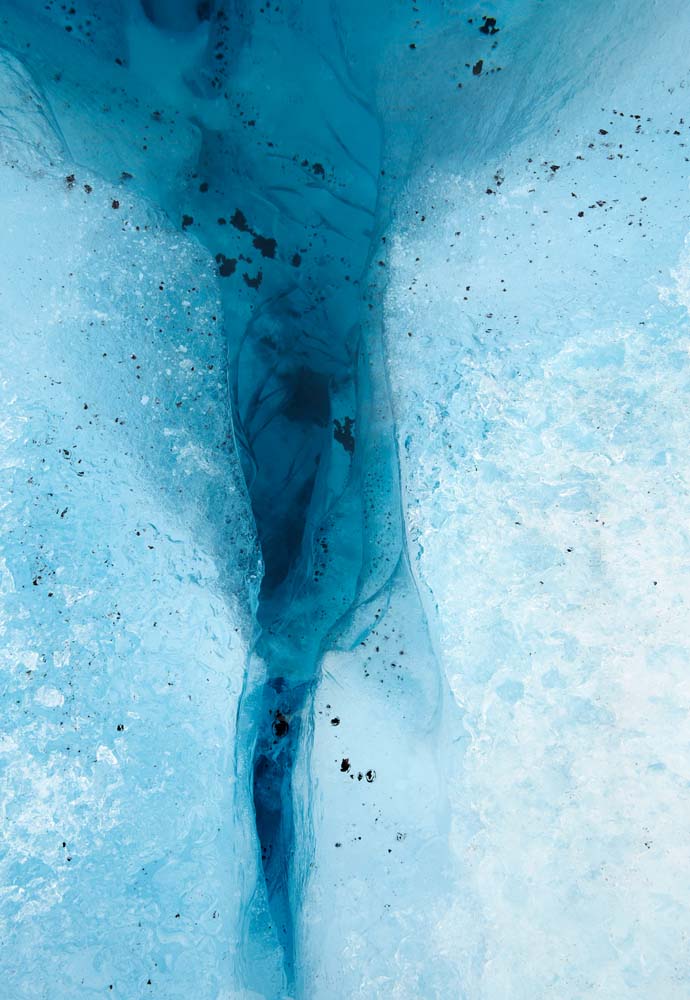
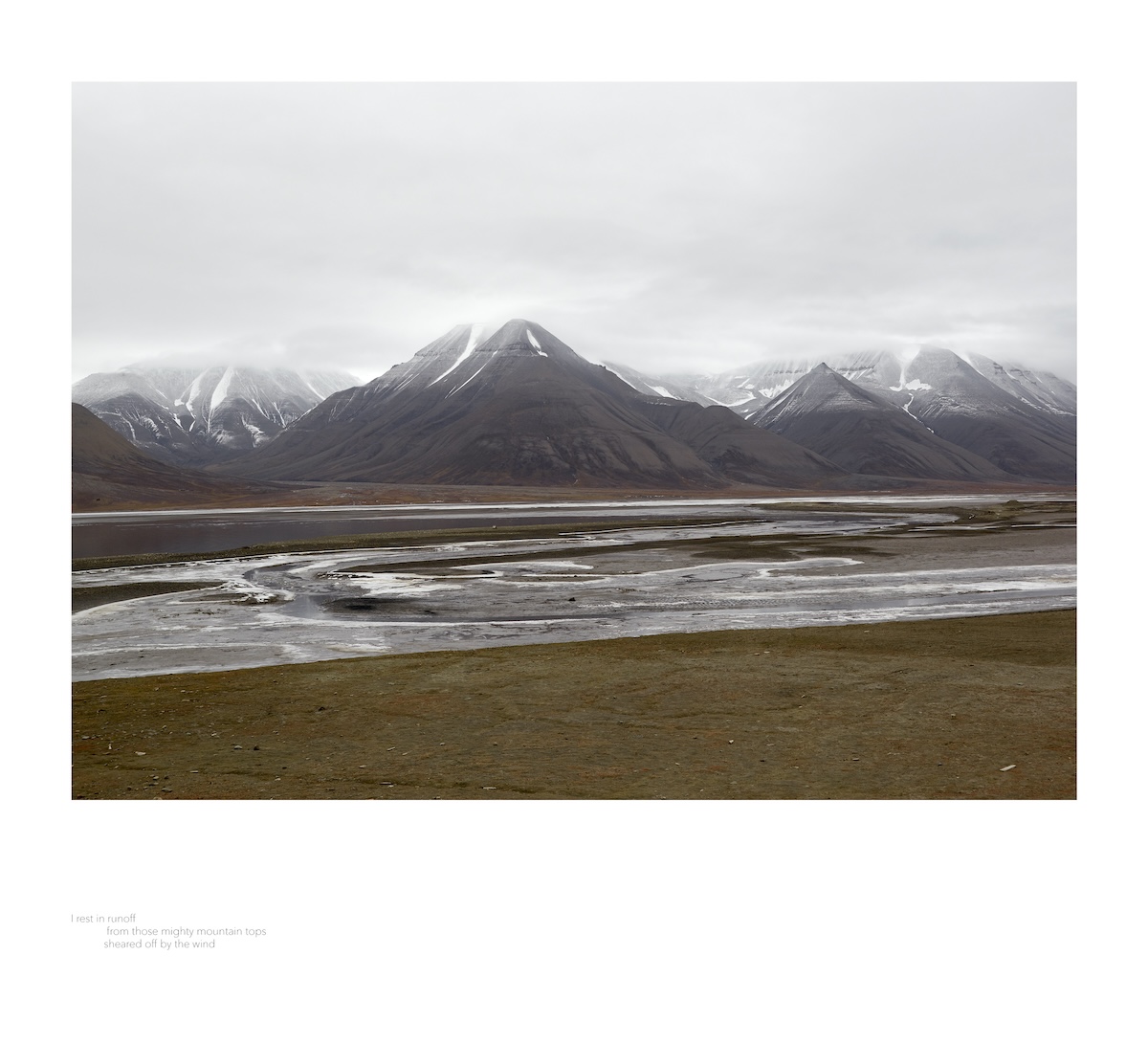
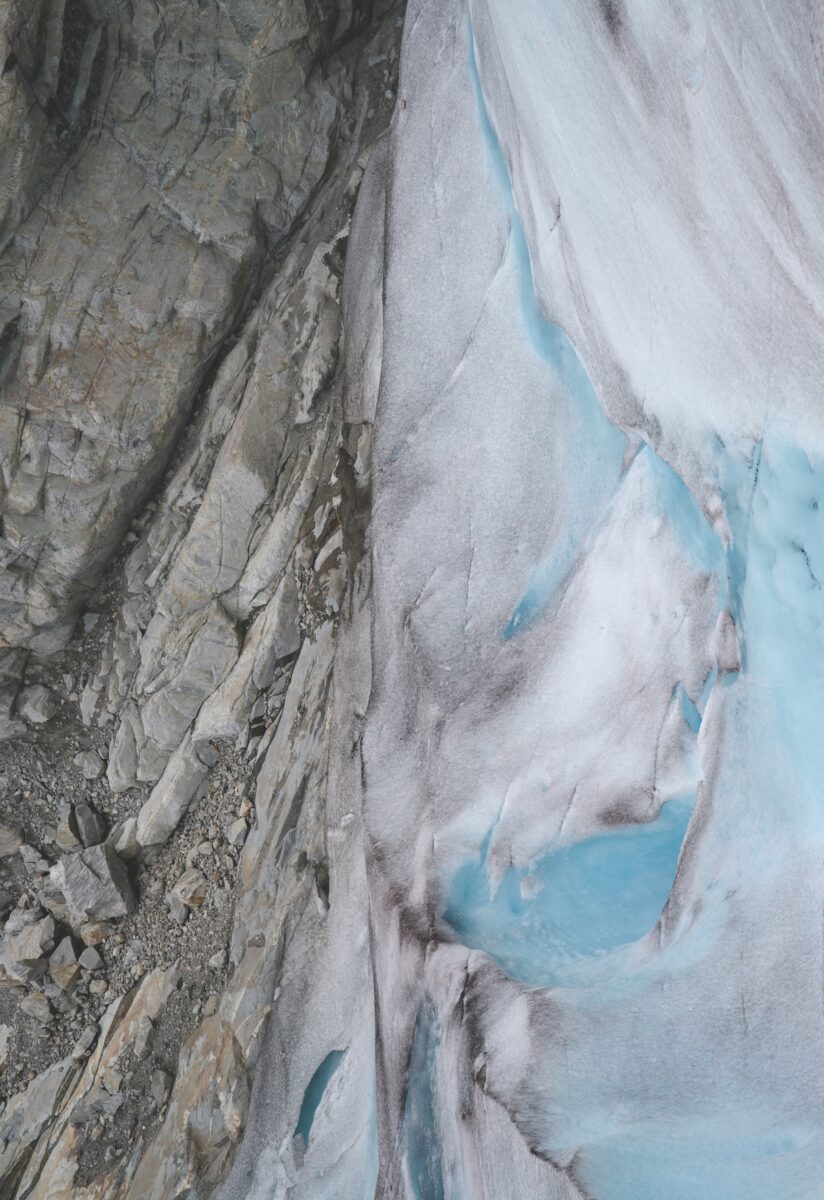
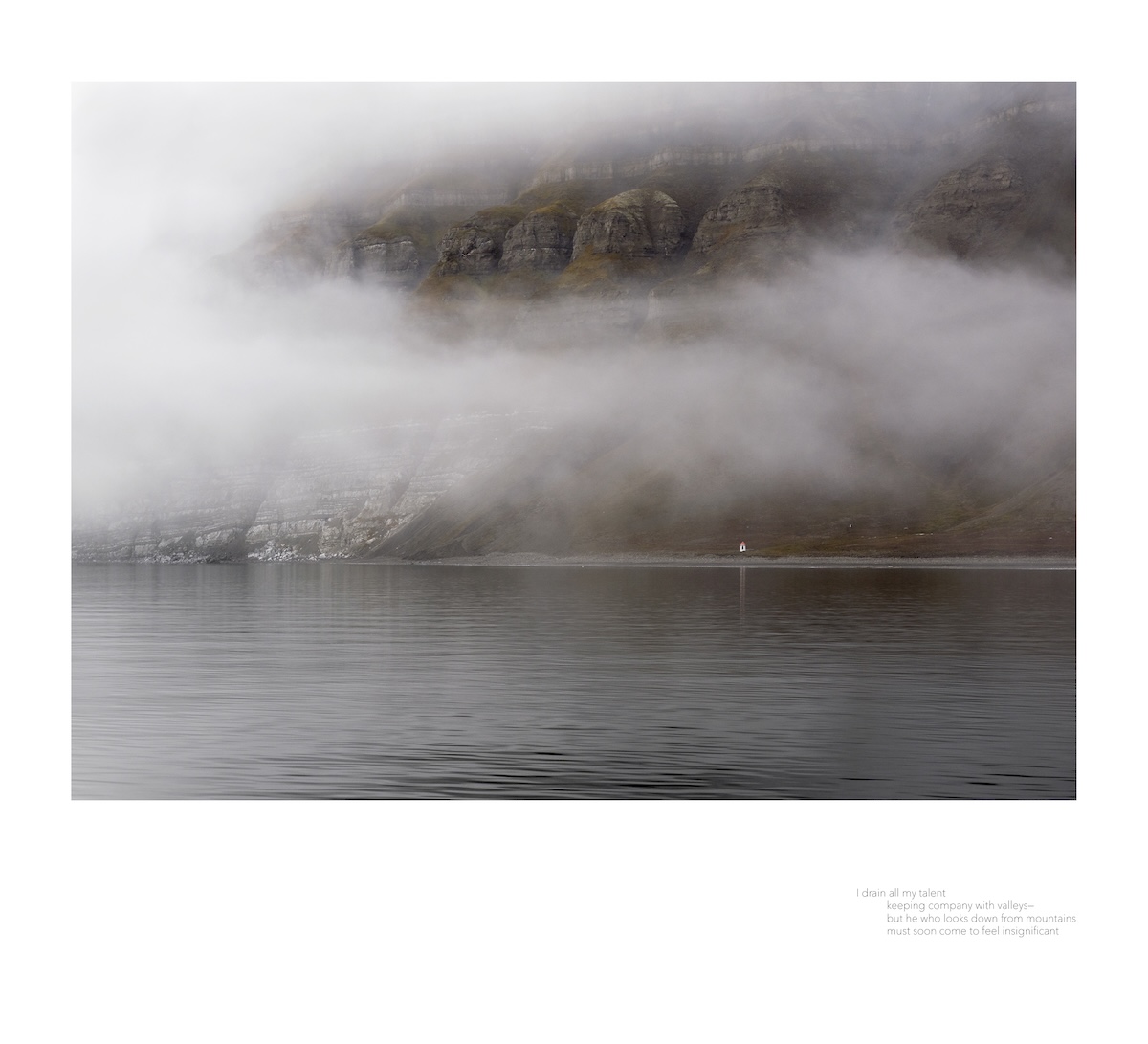
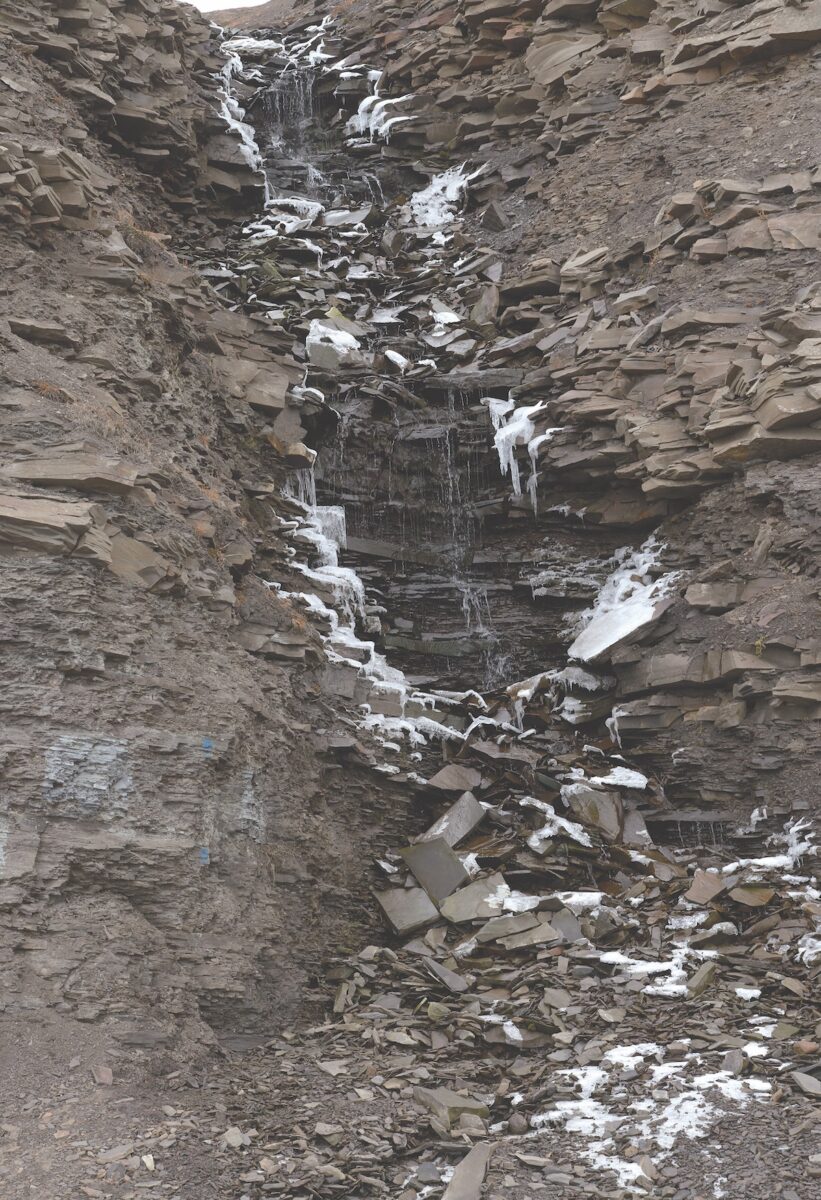
Photography can reveal something about a place, if you give it time. Ellen Dahl has noticed this throughout her decades-long practice. “It takes a long time for me to properly understand what it is I’ve captured,” she says. “Sometimes, I don’t know it until I’ve shot another location, and I find a cross-geographical dialogue that helps me understand what was there, and the conversation I want to have with it.”
Field Notes from the Edge is an ongoing photographic series that has captured many sites, creating a dialogue between works that centre place. Among them is Four Days Before Winter, a four-part piece that won the 2024 National Photography Prize earlier this year. The works were shot in Svalbard, a Norwegian archipelago just south of the North Pole, and one of the fastest warming places on earth.
“What’s going on there is very troubling,” says Dahl. “I’ve worked with landscape as a medium for a long time, in the context of the ecological, the geological, place and belonging, and how a sense of place can be both local and universal. But today, it’s impossible for the ecological [aspect] not to take centre stage.”
Dahl was born in the Arctic north of Norway, but currently lives on Gadigal land in Sydney. “I’ve always felt like a visitor here,” she says, yet she found a sense of familiarity in photographing Tasmania for the series, creating a “a north-south dialogue” with the pieces from the Svalbard.
“Place has always been important to me. I often return back to things I know, or I go to places that somehow connect with something I know. I found that in Tasmania very much. The periphery is something I’m really interested in—liminal space—where the meeting point between human and non-human is very felt.”
The Edge of Time
Ellen Dahl
THIS IS NO FANTASY
19 October—16 November
This article was originally published in the September/October 2024 print issue of Art Guide Australia.
